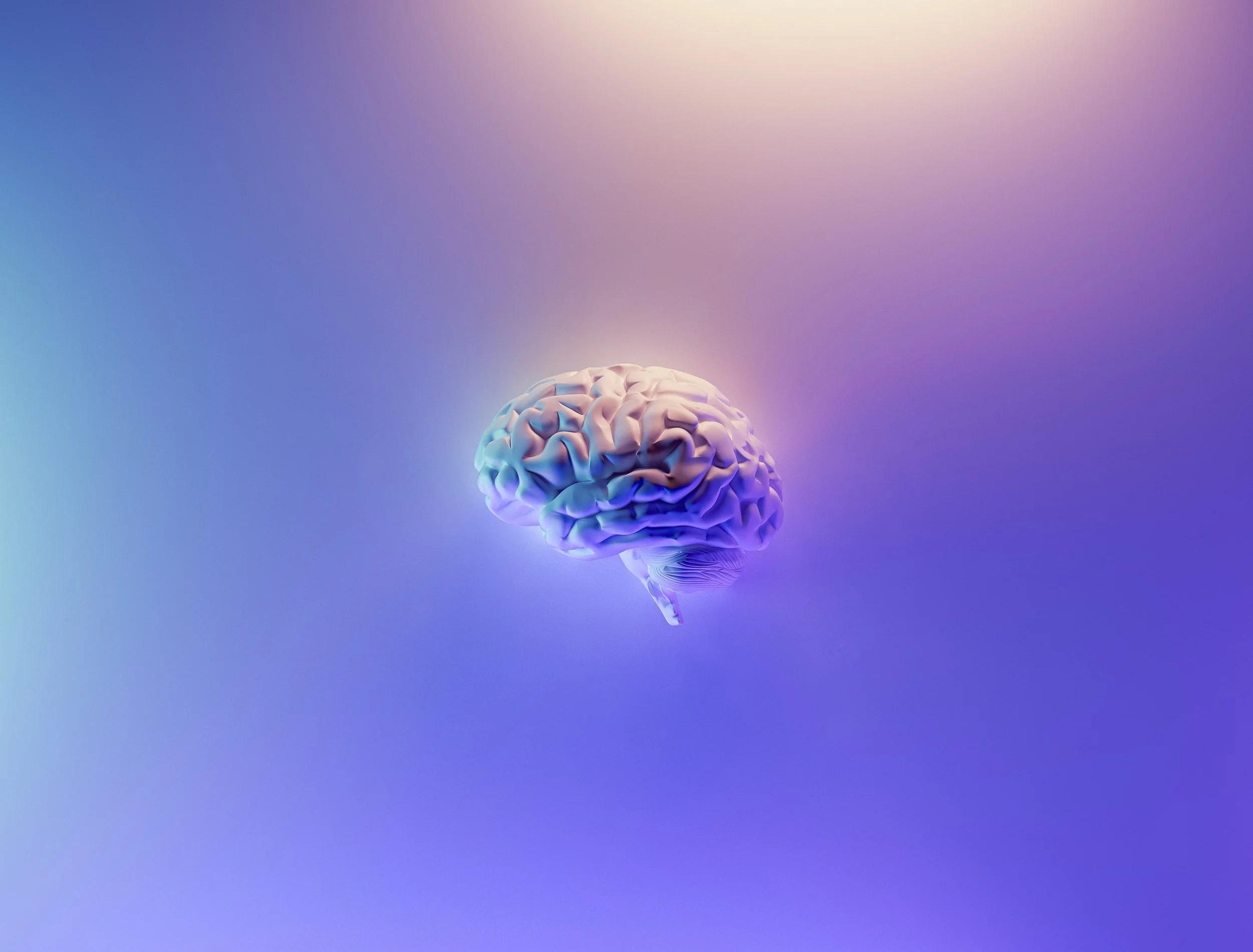Why Every Marketer Needs to Learn the Neuroscience of Branding

Photo by Oleg Laptev, Unsplash
What if I were to tell you that you and everyone else you know is blind AND are entirely unaware of the blindness? The reason why you've never noticed is the topic of this post - Perception. Read on to learn about perception, how it connects to the neuroscience of branding and, ultimately, what it all means for consumer behavior.
So, how are we blind? Well, if you take a look at the anatomy of the eye, there is one area where our eyes never pick up any visual information. The area is where the optic nerve meets the retina. Think of the eye like a camera lens. The spot where the lens connects to the camera body is a blind spot in the eyesight of the lens - the same principle with the optic nerve and the retina. This blindspot exists in all humans, roughly 15 degrees from the center of your vision.
Despite this biological fact, we never notice we are blind—the primary reason is perception. The brain is actively making up what it gathers should be in the blind spot and fills it in with visual information. In other words, the brain creates the perception of what you are seeing. It does this through what is called mental models.
Our brains are pattern-seeking machines. These patterns make up mental models. It extends further than our vision. For instance, many of our perceptions of wine are based on mental models. Wine with a higher price tag tastes better. Wine served in a Riedel glass tastes better than wine served in a plastic cup. And this is not cheap trickery either. When the same experiments are run while looking into the test subjects' brains via fMRI, researchers could see the taste literally hits a different part of the brain. In other words, if you believe you are drinking a $300 bottle of wine out of a Riedel glass, you will see much higher activation in the pleasure center of the brain vs if you were served the same bottle in a plastic cup with a $10 price tag.
It isn't just sensory input that feeds into our mental models; beliefs do too. In fact, beliefs can have an equal amount of, sometimes more, influence on our mental models and our perception by extension.
The key takeaway here is our malleable perception is based on mental models, and beliefs can influence our mental models. This relationship ultimately drives our perception, which brings me to the question of brands. What is a brand, really? Marketing definition aside, if you think about it neuroscientifically, a brand is a mental model. And the belief surrounding the brand affects the consumers' enjoyment, attention, engagement and much, much more.
Let's look at the example of Ray-Ban. In a research done at Duke University, subjects were told they are wearing Ray-Ban branded glasses vs unbranded glass reported Ray-Bans to block the sun much better. Beyond perception, beliefs and mental models tied to brands can have a physical impact. In a 2016 study, subjects were given golf clubs to try. One group got Nike branded clubs, and the other got unbranded clubs. The Nike group actually hit the ball further than the unbranded group.
What this tells us is there is a gap between objectivity and subjectivity. This neuroscientific gap is a brand marketer's playground. If humans experienced the world objectively, marketing would be a different discipline altogether. Since it is nearly impossible to experience the objective world because we share our mental model of it. Marketers can influence the mental models by creating brands that inform our beliefs which directly affect our mental models.
P.S. - Brands are mental models, yes, but are the first step in creating a neuroscience-based branding strategy. If you'd like to learn how to apply neuroscience to marketing at a more tactical level, take a look at Pop Neuro's Neuromarketing Certification.
Written by Prince Ghuman
What’s Next?
The neuroscience of color has important implications for a wide range of fields, from design and marketing to health and wellbeing.
LeBron James' breaking of Kareem's record and the following interpretations illustrate the complex interplay between sports statistics and the psychology of statistics.
Memory is your brain’s attempt at connecting you to the past. Learn how memory can improve marketing!
This article will cover what the two consumer behavior motivations that marketers must know.
Learn a simply yet effective marketing strategy as it relates to system 1 & the law of least mental effort.
Moms know a thing or two about the psychology of guilt
Uncover the connection between the neuroscience of memory and emotion and learn how marketing can use it as a memory-booster.
Your brain is a relentless pattern-seeking machine. And these patterns affect consumer behavior in fascinating ways for marketers to note.
Since the brain has declared vision as the VIP amongst senses, you’ll never go wrong by finding more ways to be visual in your marketing.
Everything in marketing comes down to the brain, yet marketers don’t study brains.
The carrot needs to be dangling continuously.
Which of the following hits you harder: losing something or gaining something?
What if I were to tell you that you and everyone else you know is blind AND are entirely unaware of the blindness?
Attention is currency. Attention is a business model. But what is attention, really?
Find out the 3 crucial influences of a company revealing the gender pay gap on consumer behavior.
In 2003, everything changed with “1000 songs in your pocket”.
Find out why smell is to memories what a summary is to books.
What’s the best marketing strategy to make consumers more sustainable?
Can fashion be inclusive? Is fashion truly diverse?
How does the visual salience of credit card features affect consumer decision-making?
The habit of eating the same food for breakfast is pretty common. Why?
Associations are so deeply ingrained in us that we’ve devised “relationships” with definite expiration dates.
The constant chase of happiness in travel has a name. And we’ve been walking over it since.
Why do marketers project personal preferences onto consumers?
Could technology and virtual crowds be one of the NBA's most important plays?
Find out why minimalism is a life-long journey, not a destination.
Why are we so curious about fashion outfits we’ll never wear?
Customers become territorial as they “claim” spaces to work. How and why does this happen?

































Dive into the fascinating intersection of psychology and marketing and how to use psychological biases in marketing strategy.